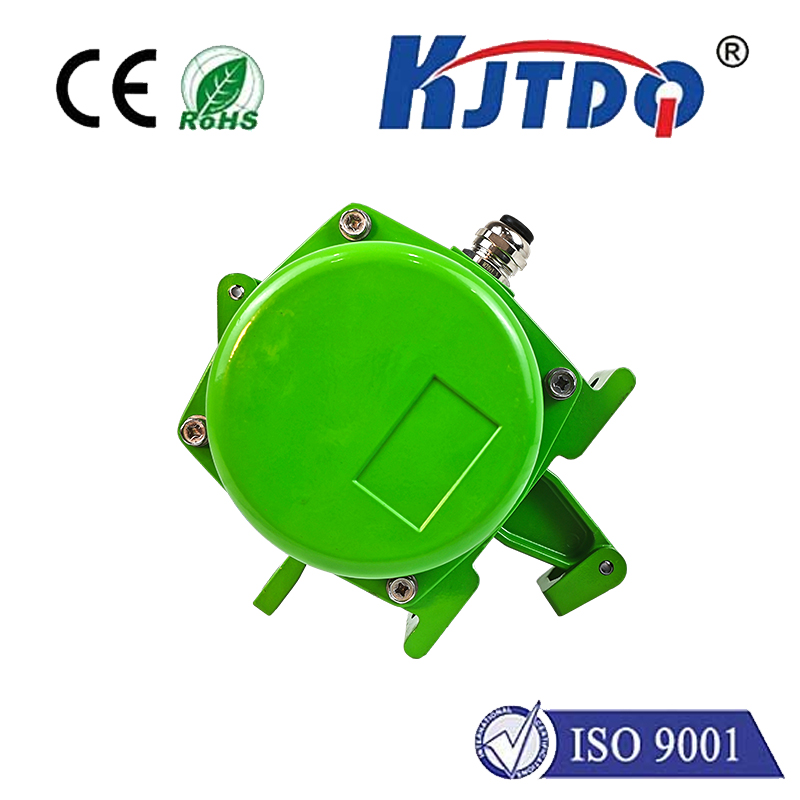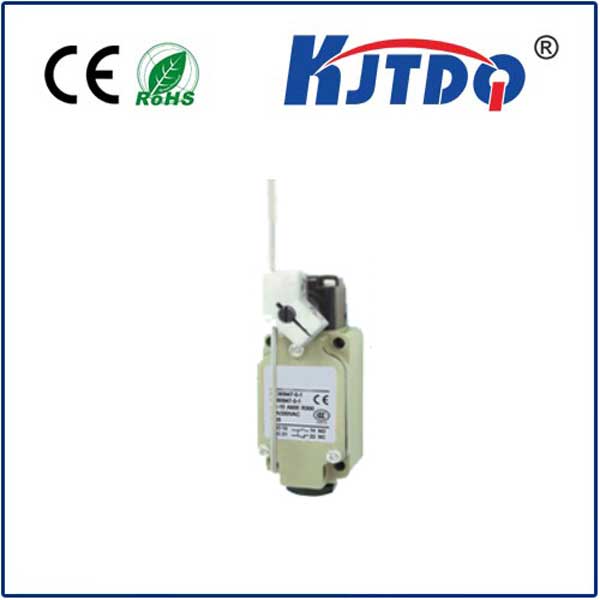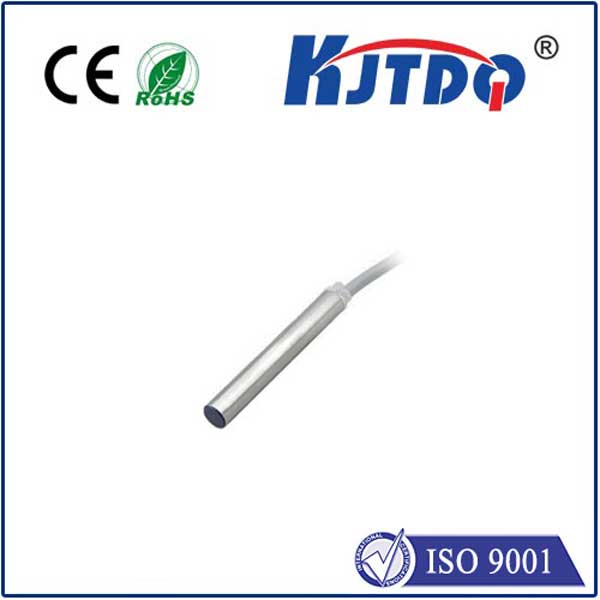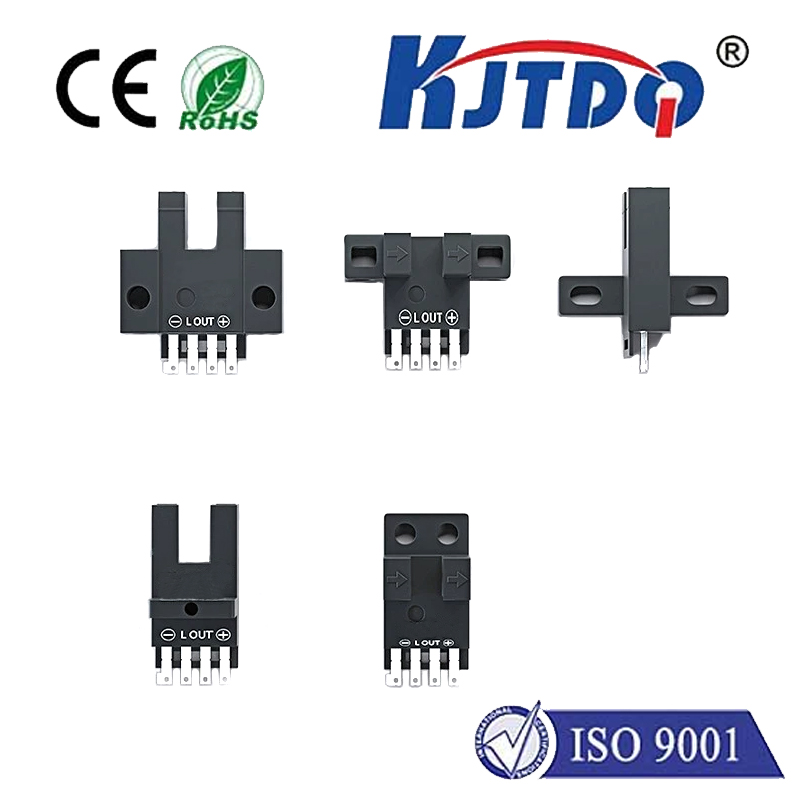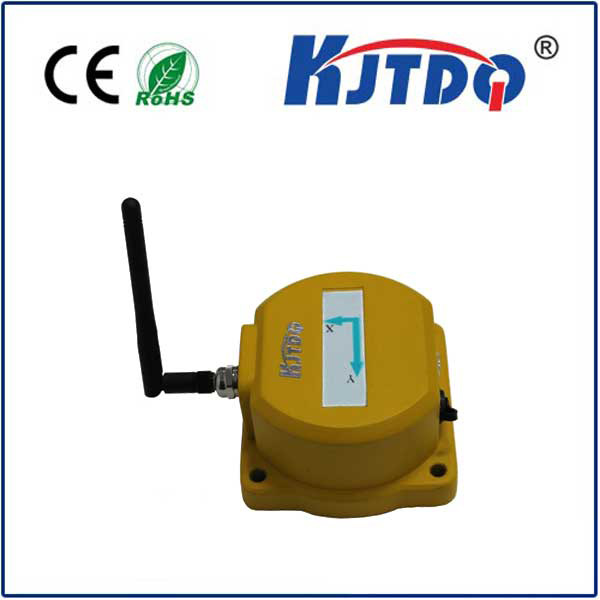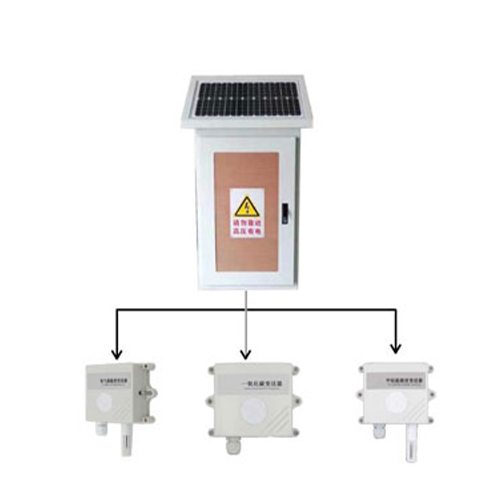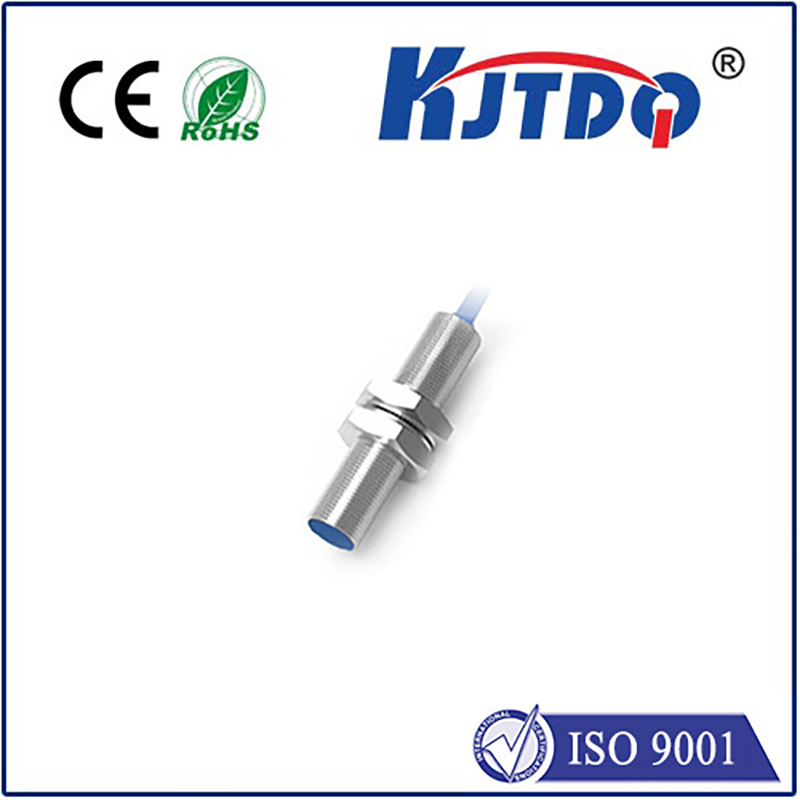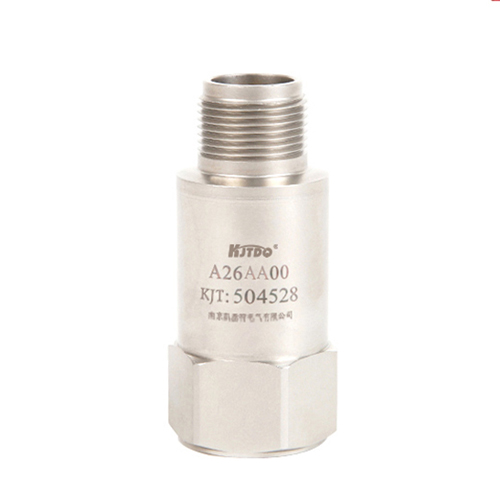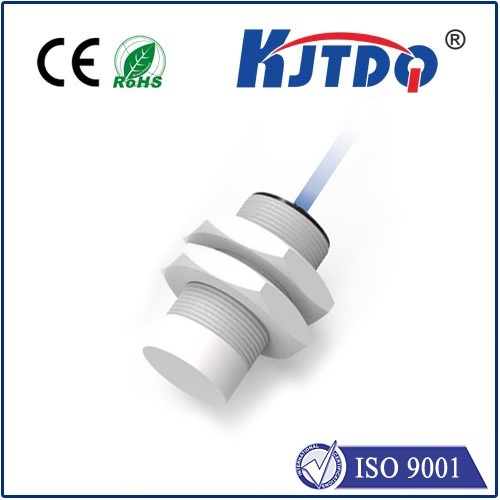

check

check

check

check
PZ-G102B Photoelectric Sensor: Enhancing Efficiency and Safety in Modern Automation Systems
In today’s fast-paced industrial environment, the integration of advanced technologies is essential for maximizing efficiency and ensuring safety. Among the most critical components in modern automation systems is the photoelectric sensor, and the PZ-G102B is a standout model that delivers reliable performance and precision. This article explores the features, applications, and advantages of the PZ-G102B photoelectric sensor, highlighting how it contributes to the advancement of industrial automation.
The PZ-G102B photoelectric sensor is designed for high-precision detection, making it ideal for applications where accurate and fast response is crucial. It operates on the principle of light emission and detection, utilizing either a photodetector or a photocell to detect the presence or absence of an object. This technology is widely used in industries such as manufacturing, logistics, and material handling, where precise control and real-time feedback are essential.

One of the key advantages of the PZ-G102B is its versatility. It can be used in both inductive and non-inductive configurations, allowing it to detect objects in various environments. Whether it’s a small metal object or a large piece of equipment, the sensor can accurately determine the presence or absence of an object based on the intensity of the light detected. This makes it suitable for a wide range of industrial applications, from simple conveyor belt systems to complex automated assembly lines.
The sensor’s robust design and compact size make it a preferred choice for applications where space is limited. Its durability ensures that it can withstand harsh industrial conditions, including extreme temperatures and high levels of vibration. This reliability is especially important in environments where downtime can lead to significant operational losses.
In addition to its mechanical durability, the PZ-G102B is also known for its high sensitivity and fast response time, which are crucial for real-time monitoring and control. The sensor can detect objects at very close distances, ensuring that even the smallest movements are captured with precision. This capability is particularly valuable in applications such as quality control, where the detection of even minor deviations is essential.
Another important feature of the PZ-G102B is its low power consumption, which helps reduce operational costs and improve energy efficiency. This makes it an attractive option for industries looking to optimize their energy usage without compromising on performance.
Applications of the PZ-G102B are diverse and extend beyond traditional manufacturing settings. In the field of logistics, the sensor is used to monitor the movement of goods and ensure that inventory is managed efficiently. In agriculture, it can be employed to detect the presence of crops or monitor environmental conditions. Its adaptability allows it to be integrated into various systems, making it a versatile component in modern automation.
The PZ-G102B photoelectric sensor is not just a technological advancement—it is a key enabler of smarter, more efficient industrial processes. Its ability to provide real-time feedback, its reliability, and its wide range of applications make it an essential component in modern automation systems. As industries continue to evolve, the demand for high-performance sensors like the PZ-G102B will only grow, driving further innovation and development in the field of automation.
In conclusion, the PZ-G102B photoelectric sensor is a vital component that enhances the efficiency and safety of modern automation systems. Its unique features, such as high sensitivity, low power consumption, and robust design, make it a reliable choice for a wide range of industrial applications. As technology continues to advance, the role of sensors like the PZ-G102B will become even more critical in shaping the future of automation.
